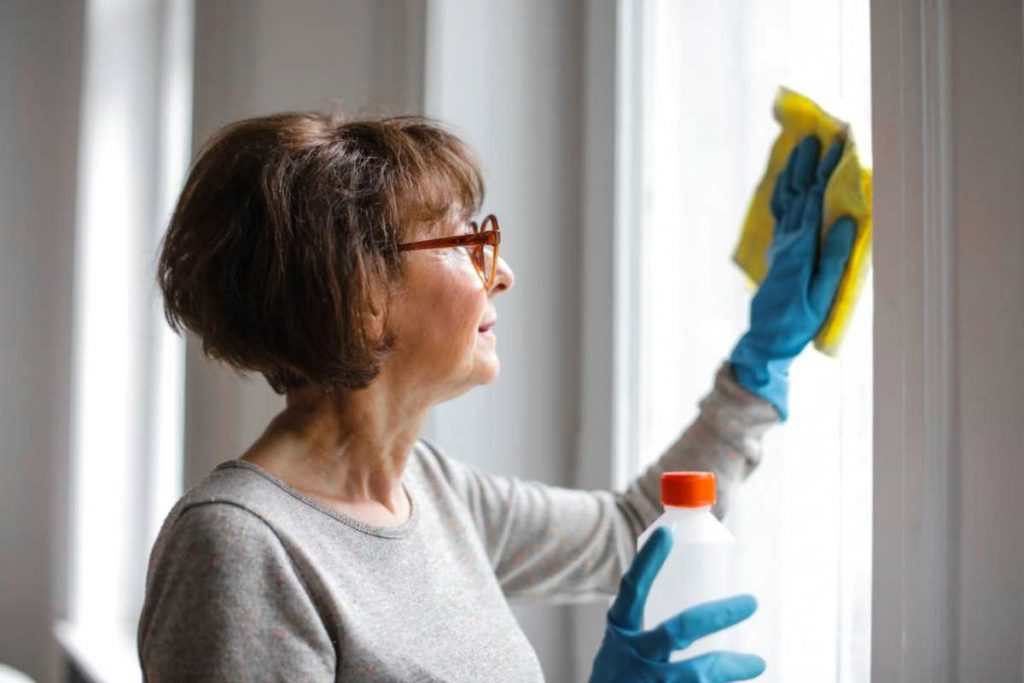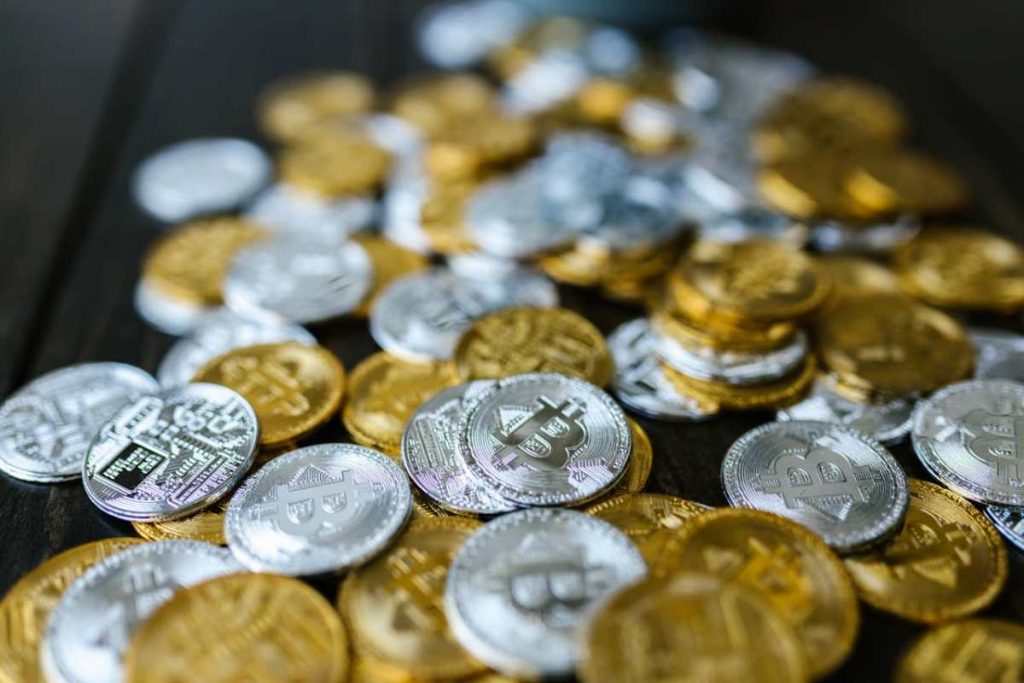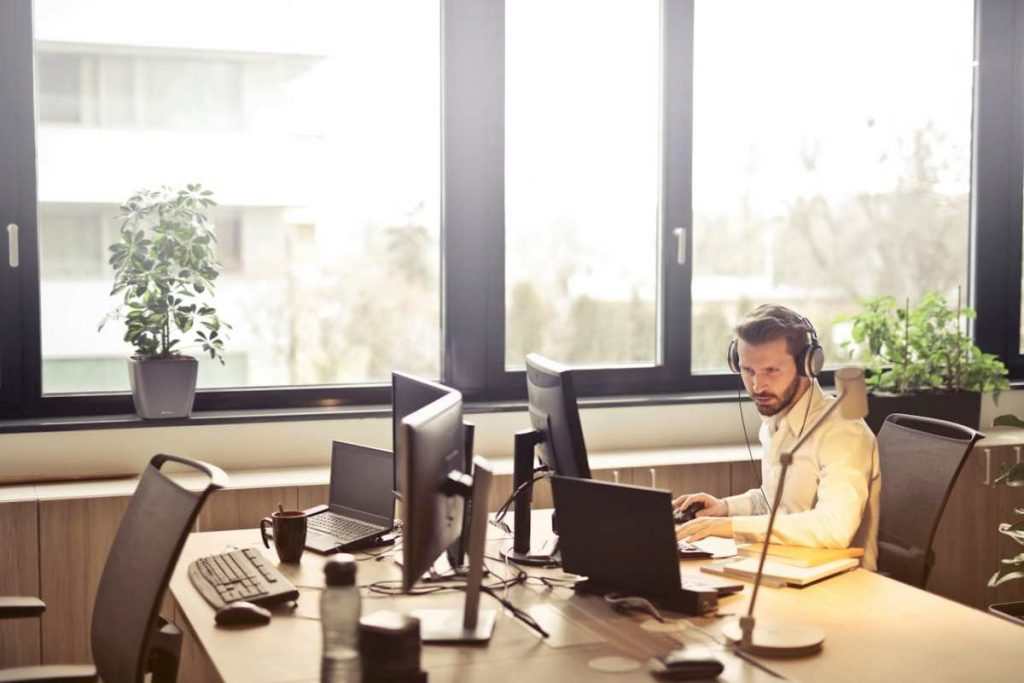A serious injury can interrupt nearly every part of life. Physical pain often arrives at the same time as emotional strain, financial pressure, and deep uncertainty about the future. Daily routines may change overnight, relationships may feel tested, and personal confidence may feel shaken. Recovery is rarely limited to medical treatment alone. It involves patience, planning, guidance, and steady commitment across many areas of life. This article explores the many layers of recovery after a serious injury, offering insight into legal support, physical healing, emotional balance, financial planning, personal relationships, and direction. Each stage presents challenges, yet thoughtful action and informed choices can help rebuild stability and direction.

Legal Guidance After a Serious Injury
After an injury caused by another party, legal guidance often plays a central role in protecting rights and securing resources. Medical bills, lost income, and ongoing care can place intense strain on an injured person and family members. A knowledgeable attorney can clarify options, manage communication with insurers, and pursue fair compensation. In many cases, a claim involves complex timelines, records, and negotiations that demand skill and attention. When working with experienced accident attorneys during the middle of a recovery journey, an injured person often gains peace of mind and a stronger footing for future decisions. The attorney acts as an advocate, addressing legal burdens so energy can focus on healing. Clear explanations, consistent updates, and realistic expectations can help clients feel supported during a difficult period.
Medical Recovery and Physical Healing
Physical recovery often begins with emergency care and continues through treatment plans that may last months or years. Doctors, therapists, and specialists collaborate to address injuries ranging from fractures to spinal trauma or head injuries. Appointments, procedures, and therapy sessions can become a new routine. Progress may feel slow, and setbacks may appear without warning. Pain management, mobility training, and strength rebuilding often demand persistence and trust in the process.
Rest and proper nutrition support healing at every stage. Sleep patterns may change, and fatigue can feel overwhelming. Listening to medical advice and communicating openly with providers helps adjust treatment when symptoms shift. Physical therapy may feel demanding, yet steady effort can restore function and independence. Recovery timelines differ for each person, and patience becomes a key companion through this stage.
Emotional Adjustment and Mental Health
Emotional recovery often unfolds alongside physical healing. Feelings of frustration, fear, or sadness can surface as life changes become clear. Mental health care supports resilience and balance during this period.
- Counseling sessions can provide a private space to process emotions and develop coping tools
- Support groups connect individuals with others facing similar challenges
- Mindfulness practices can help manage stress and improve focus
- Creative outlets offer expression and a sense of purpose
Emotional care deserves the same attention as physical treatment. Acknowledging emotional strain allows healthier responses to stress and change.
Financial Stability During Recovery
A serious injury often disrupts income and increases expenses at the same time. Medical bills, therapy costs, transportation needs, and home adjustments can add up quickly. Financial planning during recovery involves tracking expenses, reviewing insurance coverage, and exploring assistance programs. Temporary disability benefits or settlement funds may help bridge gaps, yet careful budgeting remains essential.
Clear communication with creditors and service providers can prevent misunderstandings. Payment plans or hardship arrangements may offer relief during limited-income periods. Financial advisors or legal professionals can explain options and rights related to compensation or benefits. Stability in this area supports emotional calm and allows focus on health priorities.
Support Networks and Daily Life Changes
Recovery rarely happens alone. Family members, friends, and caregivers often step into new roles, offering transportation, household help, or emotional encouragement. Accepting help can feel challenging for those accustomed to independence, yet shared effort strengthens bonds and reduces strain.
Daily life may require adjustments such as modified work duties, assistive devices, or changes to living spaces. These changes aim to improve safety and comfort. Open communication within households helps set expectations and reduce tension. Social connections matter during recovery, even when energy feels limited. Short visits or phone calls can maintain connection and lift spirits.
Long-Term Outlook and Personal Growth

Looking ahead after a serious injury often brings mixed emotions. Concerns about lasting limitations may sit beside hope for improvement and renewal. Setting realistic goals helps guide progress and restore confidence. Goals may relate to physical ability, career paths, or personal interests.
Rehabilitation milestones mark progress and inspire motivation. Learning new skills or adapting old ones can open unexpected paths. Many people discover strengths they did not recognize before injury. Growth can emerge through perseverance, reflection, and support. The recovery journey often reshapes priorities and deepens appreciation for health and connection.
Recovering from a serious injury involves far more than physical treatment. Legal guidance, emotional care, financial planning, supportive relationships, and vision all shape the journey. Each element contributes to stability and resilience during a demanding chapter of life. Progress may come in small steps, yet each step carries value. With informed support and steady effort, recovery can lead to renewed confidence and a stronger foundation for the future.













